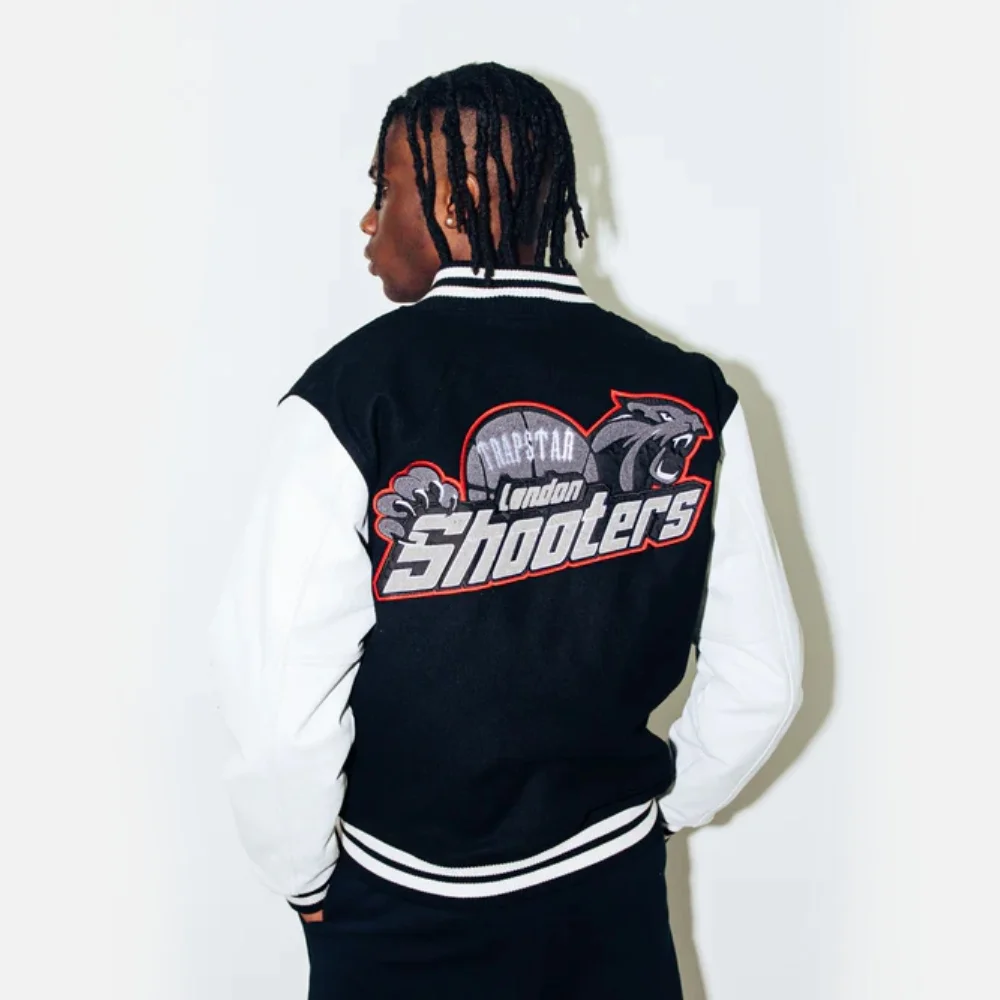Streetwear’s never been this loud—or this misunderstood. You’ve probably seen the logo already, splashed across your feed, stitched into blocky hoodies, or flexed on the backs of rappers and footballers. But here’s the kicker: half the people rocking it don’t even know the why behind the hype. Trapstar isn’t just another label; it’s a movement. And yeah, you can say everyone’s wearing it—but are you really part of the culture, or just scrolling past it?
Now, before you dismiss it as just “another hoodie,” think again. The Trapstar Hoodie has gone from being a cult London secret to a global uniform of rebellion. Minimal branding on some drops, oversized graphics on others, every stitch screams duality: part high-fashion, part underground grit. It’s not just clothing; it’s coded armor for the streets.
Design & Material – The First Layer of Identity
When you put on a Trapstar piece, you feel it before you even look in the mirror. The cut’s deliberate: roomy enough for layering, sharp enough to keep shape. Hoodies drop with reinforced ribbed cuffs, while jackets often double up on zippers for utility. Then there’s the Trapstar Tracksuit—arguably their most complete package. Think tapered joggers with zip ankles paired with a jacket that moves like second skin. It’s urban functionality that never looks forced.
But design isn’t only aesthetics. It’s about how the garment makes you move. And Trapstar nails that balance—streetwear comfort without looking like you just rolled out of bed.
Material Science – The Technical Edge Nobody Talks About
Here’s the nerdy bit people overlook. Trapstar isn’t cutting corners with fabric choices. Expect heavyweight 450 GSM brushed-back fleece in hoodies—dense enough to hold warmth, breathable enough not to suffocate you in a crowd. Tracksuits? Often blended cotton-poly with moisture-wicking threads. Why? Because poly keeps shape and resists sag, while cotton breathes. Some newer drops even integrate elastane for 4-way stretch, so you’re not ripping seams mid-skate or while sprinting for that late-night train.
Double-needle stitching keeps hems locked. Reactive dye techniques mean black stays black after twenty washes. And here’s a detail: interior linings often get brushed for softness, meaning it’s not just “street-tough,” it’s Sunday-soft. That’s science stitched into rebellion.
Style Hacks – The Unexpected Combos
Here’s where I get personal. Trapstar doesn’t have to be worn the way influencers push it. My trick? Layer a Trapstar hoodie under a tailored blazer. Sounds wrong? That clash between structured tailoring and raw street graphics? Fire. Or flip the script—pair the tracksuit bottoms with Chelsea boots instead of sneakers. It throws people off balance in the best way.
Another underrated move: sizing up. One size bigger on the hoodie and suddenly it’s not just loungewear; it’s statement outerwear. Wear it with skinny cargos and suddenly you’re rewriting proportions. Streetwear’s never been about rules—it’s about bending them until they snap.
Cultural Impact – Numbers Don’t Lie
The Trapstar rise isn’t random. In 2022, Statista reported streetwear accounted for nearly $185 billion globally. Within that, UK-origin brands like Trapstar drove spikes in search volume across Europe and Australia. Google Trends even shows a 70% increase in “Trapstar Hoodie” searches in Australia alone over the past year.
Then there’s the cultural proof. Drake wore it. Stormzy shouted it out. Footballers from Arsenal to PSG step off buses in custom Trapstar fits. It’s crossed oceans, merged fan bases, and solidified itself as more than a trend—it’s a lifestyle shorthand. You wear Trapstar, you’re signaling: “I’m part of the streets, but I know my fabrics too.”

